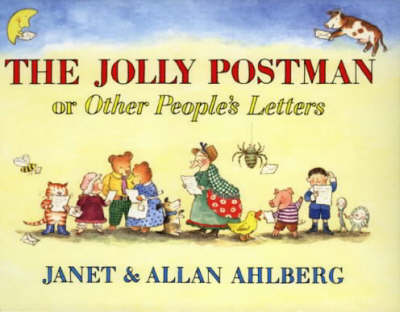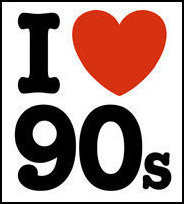 Have you ever longed to fashion your hair in a complicated four-strand fishtail braid? How about learning to juggle beanbags? Perhaps a strong desire to master the game of jacks? Or maybe you were just looking to learn some impressive cat's cradle party tricks? Whatever the highly esoteric interest, it seemed the ever-creative Klutz Press had a book for you. I'm not sure what level of mind-readers they employed throughout the 90s, but it seemed the moment I developed an interest in anything there they were were with a full-color how-to guide. Pretty good.
Have you ever longed to fashion your hair in a complicated four-strand fishtail braid? How about learning to juggle beanbags? Perhaps a strong desire to master the game of jacks? Or maybe you were just looking to learn some impressive cat's cradle party tricks? Whatever the highly esoteric interest, it seemed the ever-creative Klutz Press had a book for you. I'm not sure what level of mind-readers they employed throughout the 90s, but it seemed the moment I developed an interest in anything there they were were with a full-color how-to guide. Pretty good.There was something that felt devilishly forbidden about selecting a book with toys, games, or tricks attached. It felt sort of like cheating. Our parents brought us to the bookstore in hopes of us developing a strong and complex love affair with classical literature, only to leave with a how-to book on cootie catchers complete with step-by-step instructions and origami paper.
The purchase wasn't a total loss--these interactive and highly durable books had the power to entertain us for hours. Some of them even managed to sneak in some science or math learned, though many of books are blissfully unrelated to anything remotely academic. Our parents were usually more than happy to sacrifice our potential intellectual growth for some much-needed quiet time. The pure level of focus and intensity with which these books consumed us were probably worth several times their $14.95 price tag. $14.95 is, after all, a small price to pay for an afternoon of activity fixation. It was by no means a permanent solution to our perpetual juvenile boredom, but the series developed enough kid-friendly titles to keep us sufficiently occupied for long stretches of time.
It's still tough for me to walk by a Klutz display in the children's section at Barnes and Noble without some tug of biblical-level covetousness. Maybe it's just the kid in me, but it feels like even my external adult wants some part in learning to wrap my hair in colorful embroidery floss patterns or cracking road trip boredom-curing brain teasers. Klutz Press has a little something for everyone; their how-to books have the power to convince us we can conquer any task or learn any skill...until we actually sit down and try, of course. It's often far too complicated. Regardless, at least they gave us the license to try. That's got to count for something, somewhere.
Klutz released dozens of interactive children's books throughout our childhood period, so it's nearly impossible to categorize all of the most memorable. We can look at a few examples here, but feel free to share your own favorites in the comments. Just because I never owned Klutz's Most Amazing Thumb Doodles Book doesn't mean it didn't have a disproportionately profound impact on your growth and development.
Jacks
 Some of these were just masquerading as books; they hadn't truly earned their spot on bookstore shelves, they were simply granted it by size default. In reality, books like the Jacks guide were nothing more than a set of game pieces paired with an oversized instruction manual. Nevertheless, it was an easy-to-read introduction to onesies, twosies, the whole shebang. I've yet to conquer sixsies.
Some of these were just masquerading as books; they hadn't truly earned their spot on bookstore shelves, they were simply granted it by size default. In reality, books like the Jacks guide were nothing more than a set of game pieces paired with an oversized instruction manual. Nevertheless, it was an easy-to-read introduction to onesies, twosies, the whole shebang. I've yet to conquer sixsies.The Klutz Book of Magic

I'm still determined to master these tricks. I never really had the patience for them when I was in the book's intended 9-12 age range, but if I had I like to imagine I'd be onstage somewhere freeing someone from an Aztec Tomb as The Final Countdown dramatically plays me out. The Amazon reviewers swear it has given them a career in birthday party and nursing home performance, so I feel pretty inadequate over my post-book lack of magical marketability.
Hairstyles
 Mock if you must, but I once took a hairstyling class at a children's creative gift shop that came with this book. It was something of a dream come true. This book taught me everything I know about securing my hair into an element-proof braid to disguise its listlessness after a long night of weekday drinking. Thanks, Klutz Press!
Mock if you must, but I once took a hairstyling class at a children's creative gift shop that came with this book. It was something of a dream come true. This book taught me everything I know about securing my hair into an element-proof braid to disguise its listlessness after a long night of weekday drinking. Thanks, Klutz Press!The Official Koosh Book: Kooshy Games and Activities
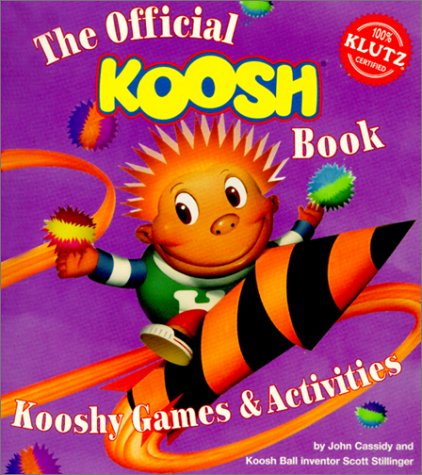
If you've got the word Kooshy as a major descriptor in your title, you've got to know it's going to be nonstop rubber filament-filled fun. From "Koosh the Koosh" to "Where the Koosh at?" it's pretty much a non-stop thrill ride.
Card Games

The guys at Klutz had a seemingly never-ending supply of card games, tricks, and handy attached decks with which to learn some serious skills. I'm sure our parents were so proud when we started referring to ourselves as the book's cover did as "Card Sharks."
Cootie Catcher
 Most of us didn't need a book to learn this, but it certainly didn't hurt as a useful guide for variety and style choice. It even came with some preprinted cards that only required folding. Brilliant.
Most of us didn't need a book to learn this, but it certainly didn't hurt as a useful guide for variety and style choice. It even came with some preprinted cards that only required folding. Brilliant.Explorabook
 Touted by Klutz as "A Kids' Science Museum in a Book," Explorabook was the perfect solution to a nerdy kid's abundance of spare time. All you needed was a magnet, a mirror, and a few other goodies and you were well on your way to independent science project mastery.
Touted by Klutz as "A Kids' Science Museum in a Book," Explorabook was the perfect solution to a nerdy kid's abundance of spare time. All you needed was a magnet, a mirror, and a few other goodies and you were well on your way to independent science project mastery.Stop! The Watch: A Book of Everyday, Ordinary, Anybody Olympics

Further proof that children are incredibly easily amused. All we need is a stopwatch and we're set. We're also ready and going, possibly on our marks. Are you feeling any of these stopwatch jokes? I'm laying them on pretty thick.
Boondoggle
 Who says lanyard is just for summer camp? Klutz encouraged us to engage in plastic lacing year round, leaving our parents to wonder what exactly they were going to do with a twelfth neon keychain.
Who says lanyard is just for summer camp? Klutz encouraged us to engage in plastic lacing year round, leaving our parents to wonder what exactly they were going to do with a twelfth neon keychain.Devil Sticks
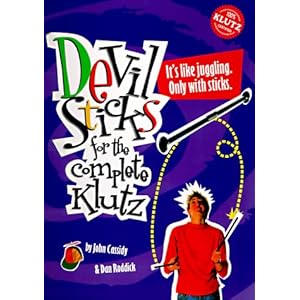
These were a pretty popular pastime in the 90s, but the maneuvers could be pretty tricky. I never managed to master it, but I also never owned the book. Or the sticks. A girl can dream, though.
Kid Travel
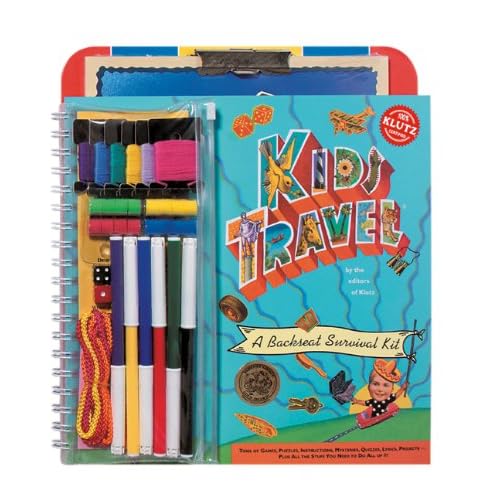
We had this one in my family, and it truly was a lifesaver. In the days before portable DVD players, we needed something to keep our attention deficit prone brains occupied. This book more than fit the bill with its puzzles, games, and activities. Parents everywhere rejoiced wildly.
Cat's Cradle
 This book taught us the ultimate distraction with the simplest of tools: a single unending round piece of string that we could arrange into various tangles and finger-squishing configurations. It may not have been rocket science, but it was challenging in a mind-numbing kind of way.
This book taught us the ultimate distraction with the simplest of tools: a single unending round piece of string that we could arrange into various tangles and finger-squishing configurations. It may not have been rocket science, but it was challenging in a mind-numbing kind of way.These books are just the tip of the Klutz Press iceberg. The company released dozens of books throughout the 90s, most of which provoked our creative spirit and entertained our hard-to-focus minds. And if they gave our parents a few minutes of much-needed sanity, well, that was just icing on the how-to book cake.































